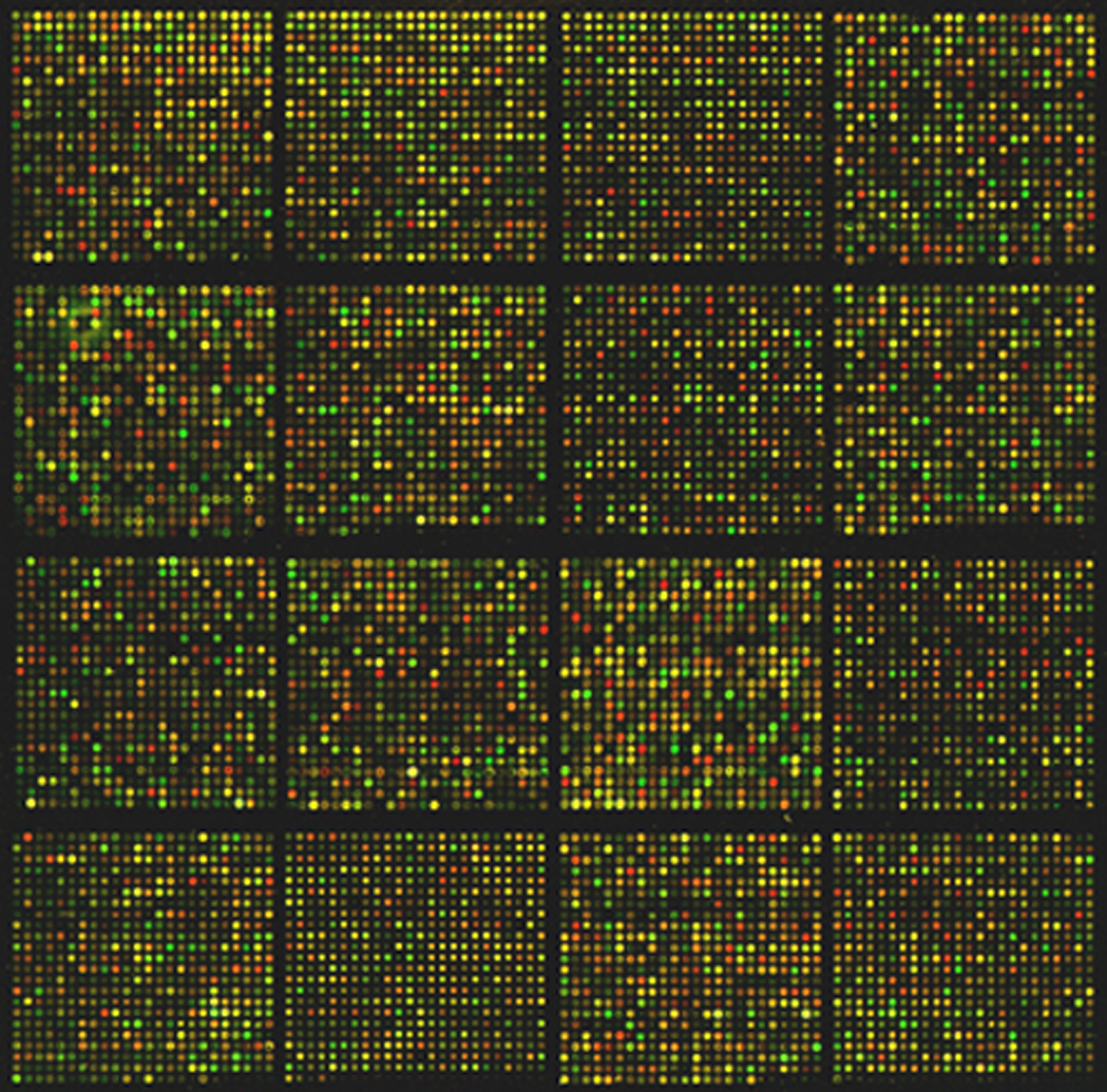Many view mathematics and language as two distinct areas of study. But what if math could shed light on the significance of the speech patterns of someone at risk for developing psychosis? A recent computer algorithm developed by Guillermo Cecchi of IBM and Cheryl Corcoran and Gillinder Bedi of Columbia University demonstrates that mathematical speech analysis can lead to some fascinating findings.
Schizophrenia, which afflicts approximately one percent of Americans, is one such disease that can be better understood with the use of speech analysis. The condition is characterized by a number of symptoms, including psychosis — a feeling of being detached from reality — and speech that deviates from normal patterns. People with schizophrenia often have a difficult time staying on one train of thought, jumping from one topic to another as they speak.

Although psychologists have made great strides to better understand the composition of a brain with schizophrenia, there has been a comparative lack of information about the behavior of those at risk of developing psychosis later in life. Currently, the primary interviewing method for predicting psychosis relies on human analysis of speech patterns. With a 79 percent accuracy rate, this method is fairly reliable — but what if its accuracy could be increased to 100 percent?
As the most objective and meticulous of analyzers, computers could achieve this perfect record in predicting psychosis from speech. Corcoran, who has a background in schizophrenia prognosis, said that although a researcher speaking to a group of teenagers cannot tell who will develop schizophrenia, a computer can pick up subtle language differences among the group. In a study of 34 people, computer analyses of speech patterns in interviews perfectly predicted which five of the patients would later develop psychosis.
To conduct this computer analysis of speech, researchers first had to establish a paradigm of normal speech patterns. They studied word relations from famous works of literature, including Charles Darwin’s On the Origin of Species and Jane Austen’s Pride and Prejudice. For example, the words “chair” and “table” were classified as related because they often appeared in close proximity in writing and speech, whereas “chair” and “dragon” were not related because these words almost never appeared together.
Using this understanding of word relations, a computer could analyze the speech from patient interviews to examine complexity and semantic coherence, or the relation of adjacent words in a sentence. The computer analysis then created what Cecchi described as a syntactic tree of the patients’ speech patterns. The more cohesive and complex the speech, the more elaborate the tree — and the more likely that the patient would continue to behave normally. However, choppy, tangential speech — represented by a short tree with underdeveloped branches — indicated that the patient had a relatively high likelihood of later developing psychosis. This speech analysis, coupled with examination of the patient’s behavior, could provide researchers with a more holistic understanding of psychosis.
The next step for these researchers is to validate the results with a larger sample size. Once this is completed, the possibilities for implementing the research are broad. The study’s results not only shed light on the condition of those who suffer from psychosis, but also provide a better understanding of the general population’s mental state. “[Psychosis is] just one end of the spectrum,” Cecchi said. “We all express these conditions, and they form part of our mental life.”
With this knowledge, artificially intelligent robots could be designed to more accurately represent the way people think and act. The research could also be applied in medical care: While search engines are optimized for individuals and social media pages offer streams of personalized updates, there is not yet an app that provides diagnoses for users based on whether their speech is slurred.
This research could be meaningful in scientific efforts to understand other elements of the human condition. As Bedi explained, the next step is to determine what questions about speech patterns need to be answered, and which speech variables can answer these questions. Intonation or cadence, for example, may be missing links in our understanding of a psychological condition. Where will the results take us? If math continues to be used as a key to unlocking the patterns behind behavior, the possibilities seem endless.
Cover Image: Image courtesy of Wikimedia.

